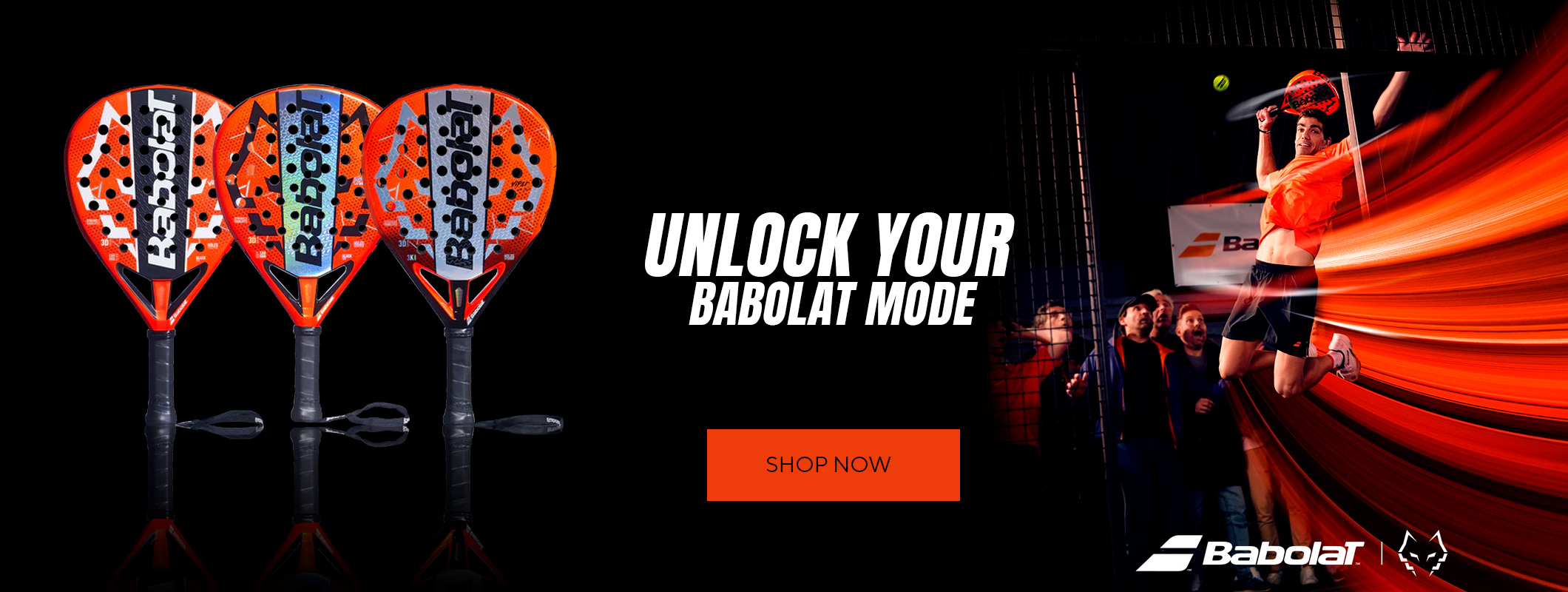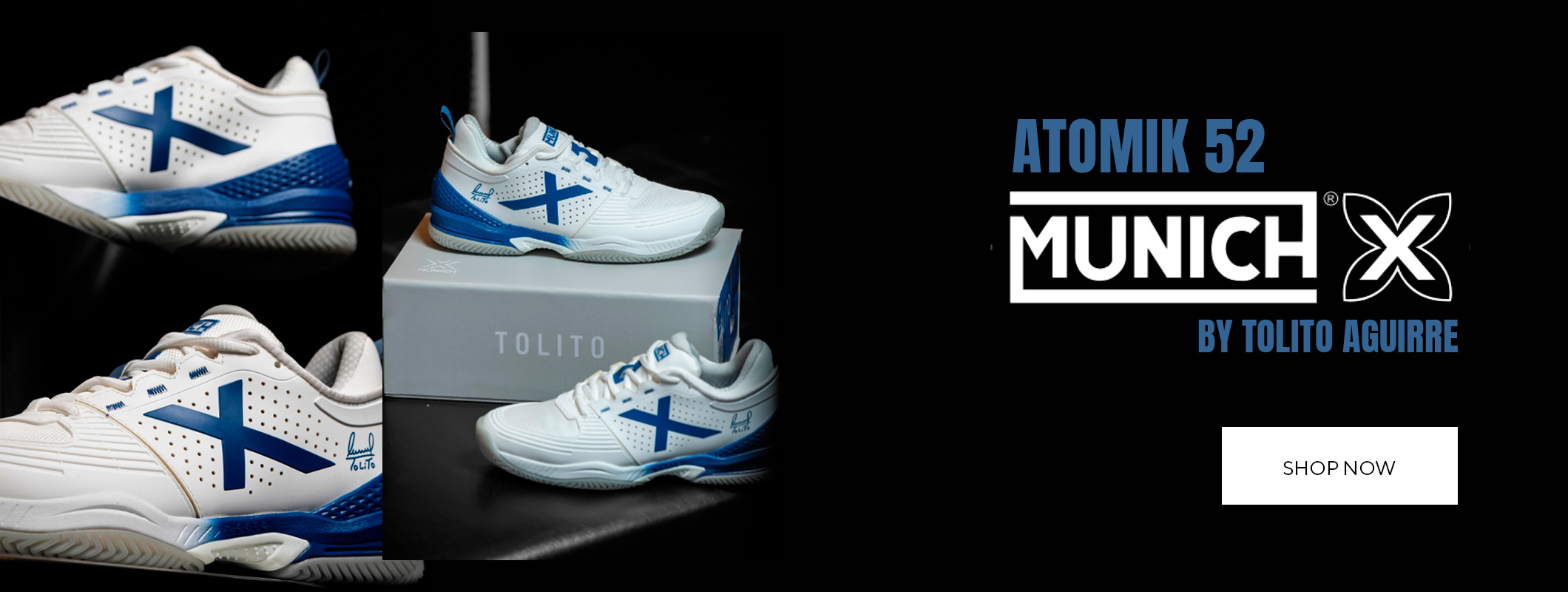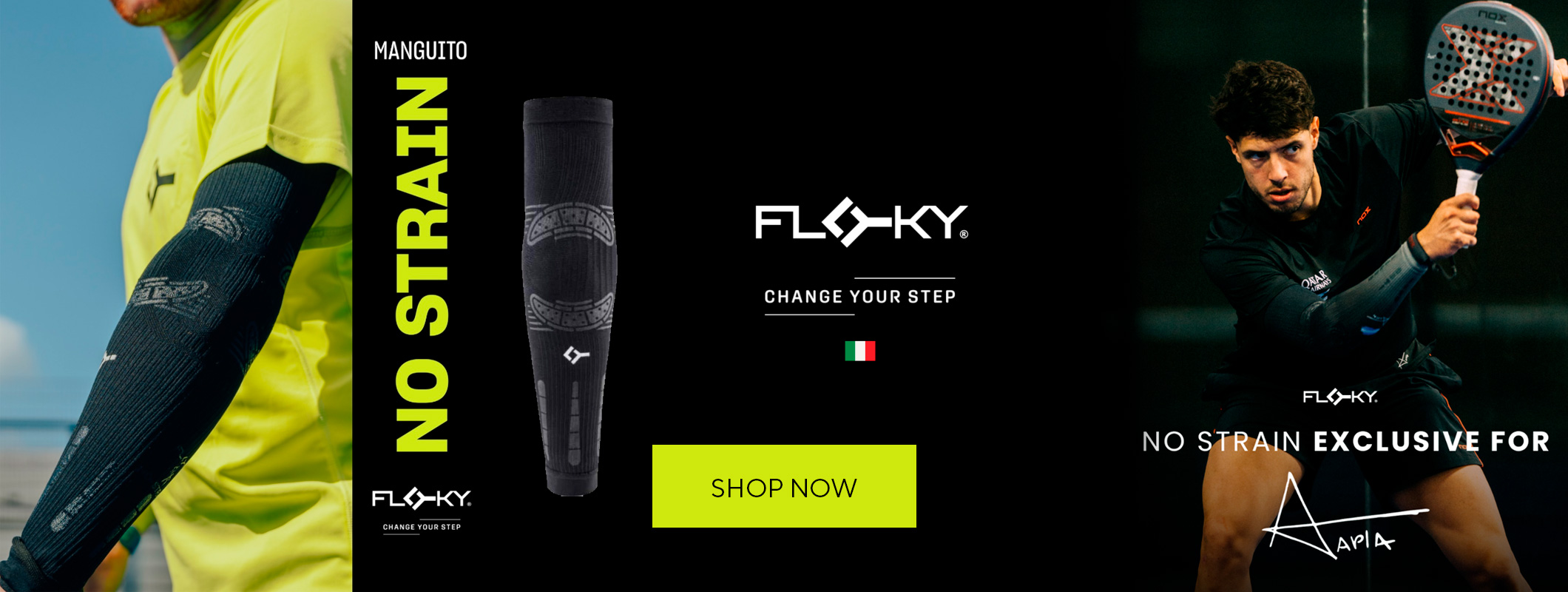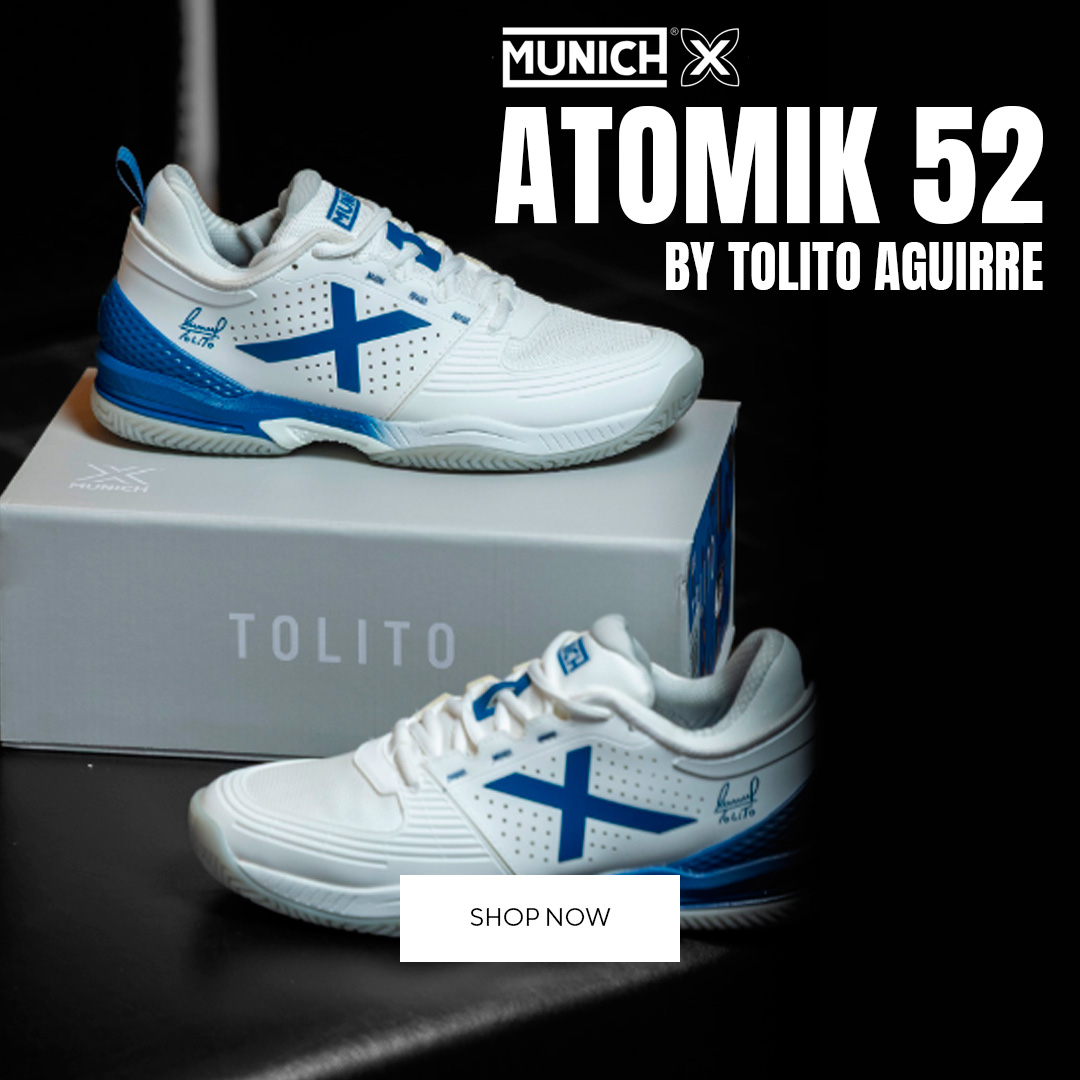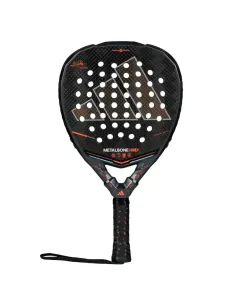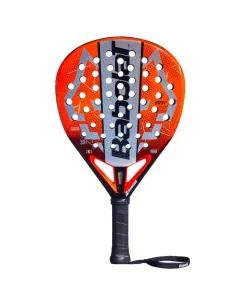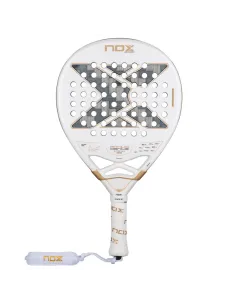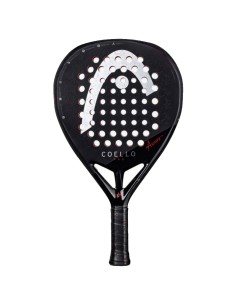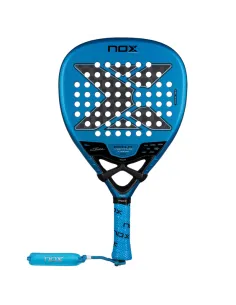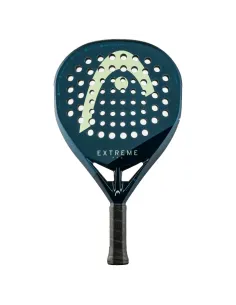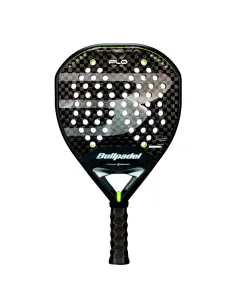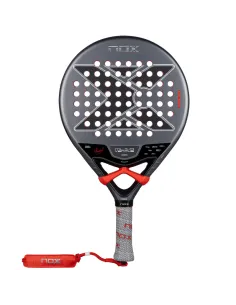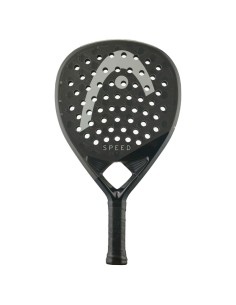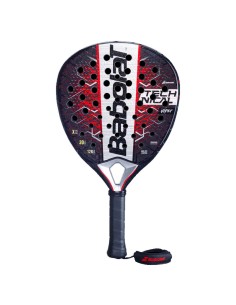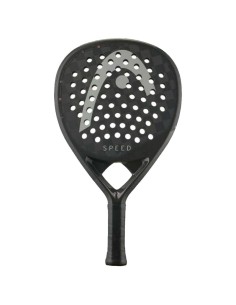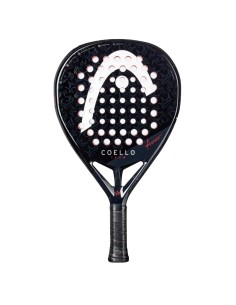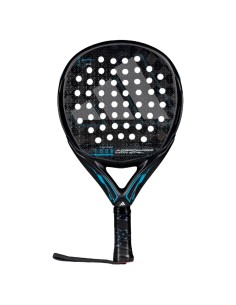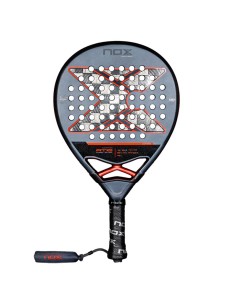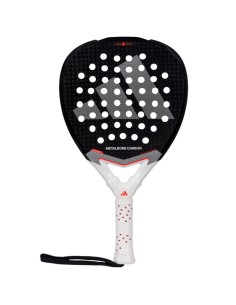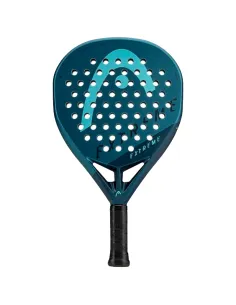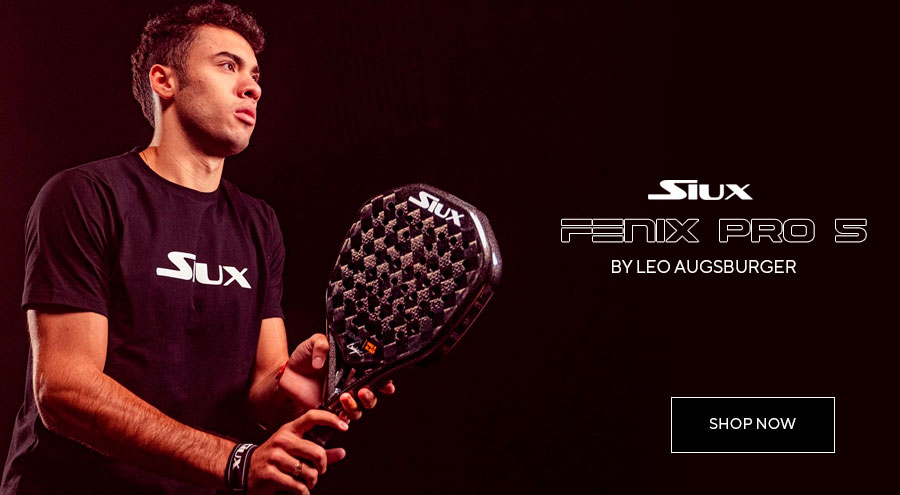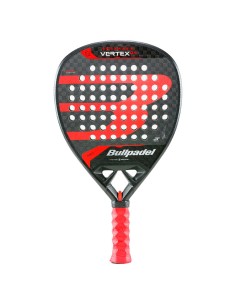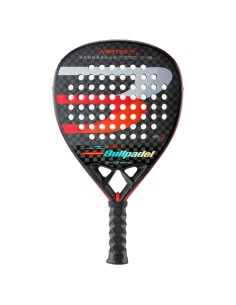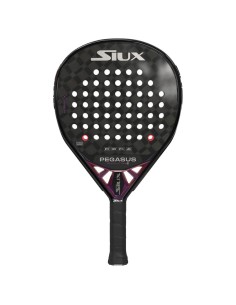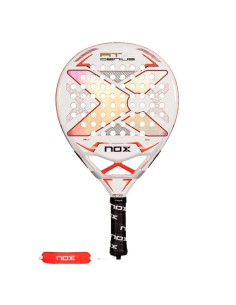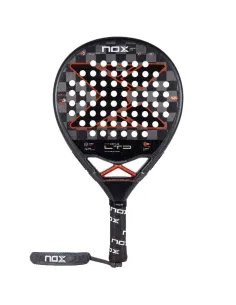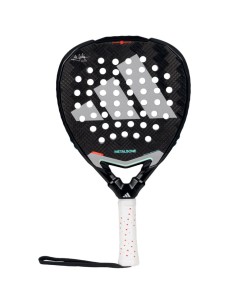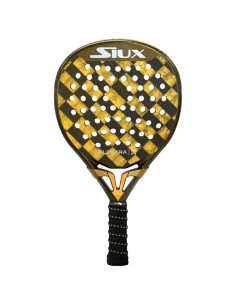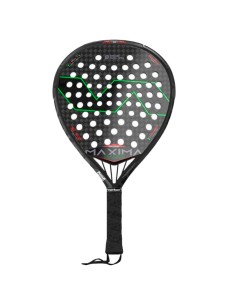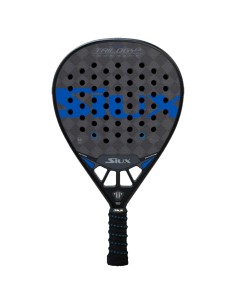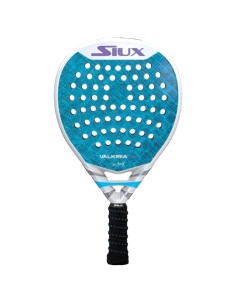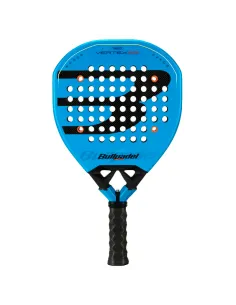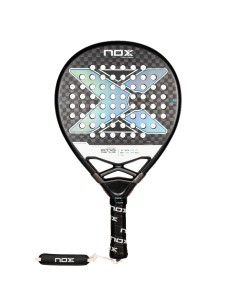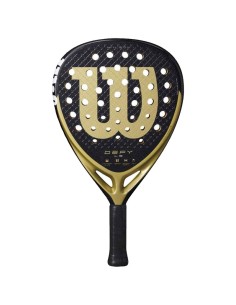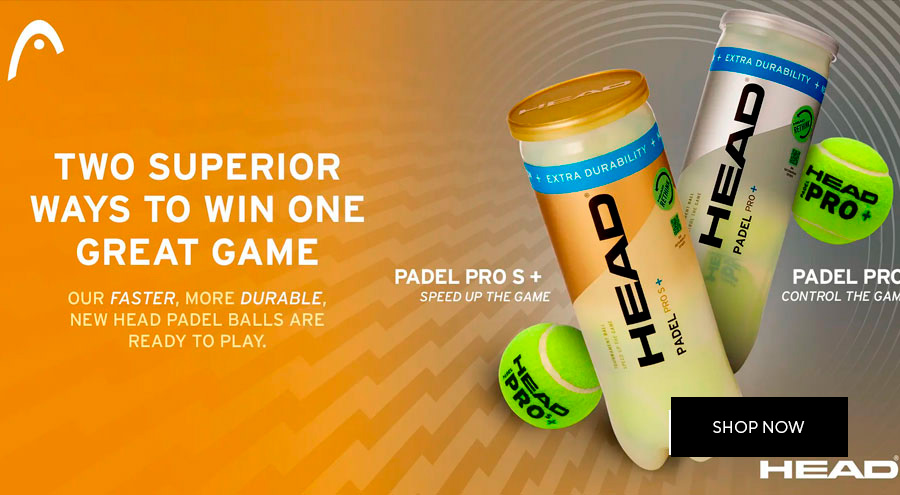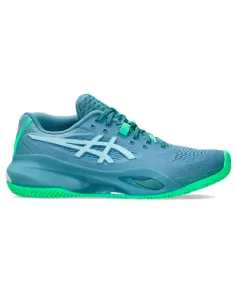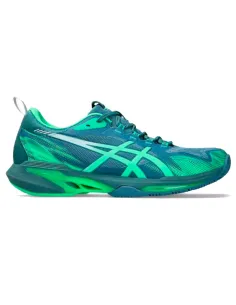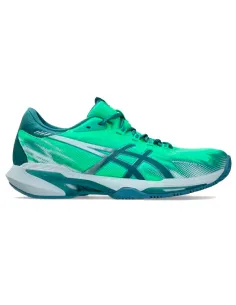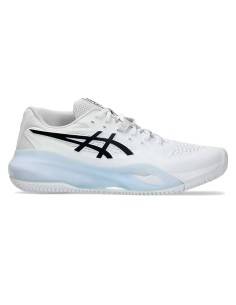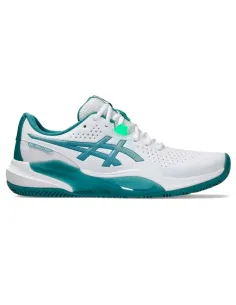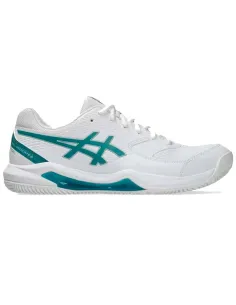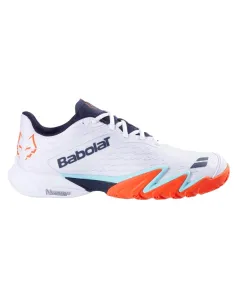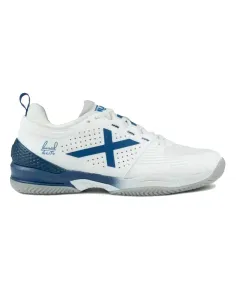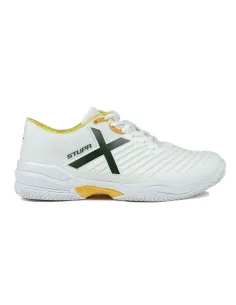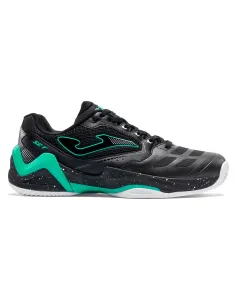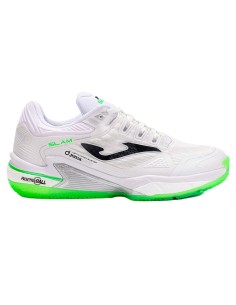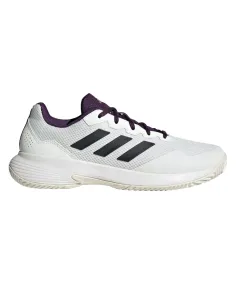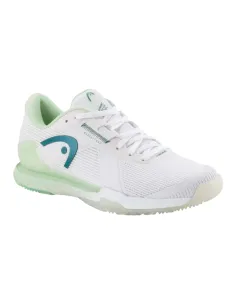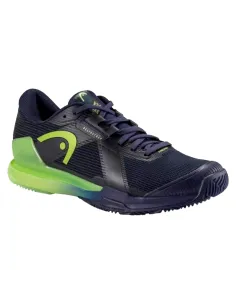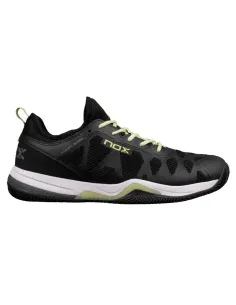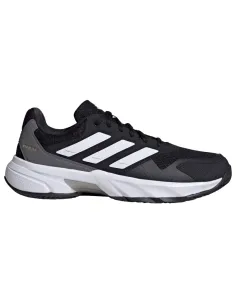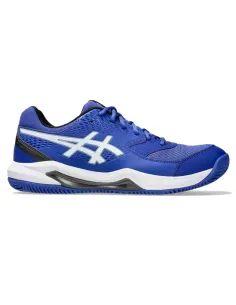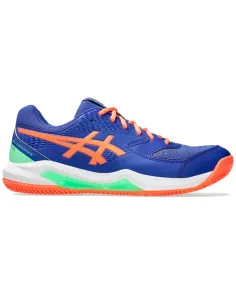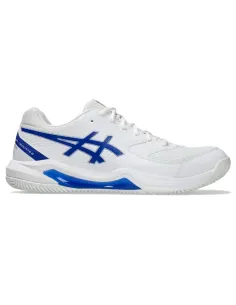FREQUENTLY ASKED QUESTIONS
High-end padel racket are usually made of higher quality materials, such as carbon fibre, which gives them greater strength and durability. In addition, they tend to have a more careful design and a greater number of technologies incorporated to improve the performance of the game. On the other hand, low-end padel racket are usually made of cheaper materials such as fibreglass and their performance is aimed at beginner level players.
Choosing the right padel racket will depend on several factors, such as level of play, frequency of practice, style of play and personal preferences. It is important to try several padel rackets before deciding which one is the most suitable, and it is also advisable to have the advice of an expert in the field. In Keepadel we count on these experts to help you choose the right padel tennis.
Padel shoes should be specific for this sport, as they offer greater stability and grip on the court. It is advisable to choose shoes with herringbone soles, which are grippier and allow you to move more easily. In addition, footwear should be comfortable and made of breathable materials to avoid excessive sweating.
To keep your padel tennis in good condition, it is advisable to clean it after each use with a soft, damp cloth. Avoid leaving it exposed to the sun or extreme temperatures, and protect it from knocks or scratches by using a protective cover. It is also advisable to change the grip of the racket frequently to avoid excessive wear and tear.
The right clothing for playing padel should be comfortable, breathable and allow good freedom of movement. It is advisable to choose specific clothing for this sport, such as technical shirts and shorts, which are made of materials that allow perspiration and sweat evaporation. In addition, it is important to use sun protection and wear a cap or visor to avoid direct exposure to the sun.
For an entry level padel player, we recommend a padel racket with a teardrop or round shape for greater control, light weight for easy maneuverability, medium to low balance for better control, eva soft rubber core for comfort and shock absorption, and fiberglass surface for good feel and control when striking. These features combined provide a balanced racket to facilitate learning and enhance the playing experience for beginners.
In the world of padel, the terms "racket" and "paddle" are used interchangeably to refer to the same object, but the correct term is "padel paddle". Unlike tennis rackets, padel paddles do not have strings. Paddles are made from solid materials such as fiberglass or carbon and feature holes on their surface, giving them a unique design. While some players may refer to them as "rackets", the most accurate and accepted term is "paddle". So, if you play padel, the right word is "padel paddle"!
The best padel shoes should offer comfort, stability, cushioning, and good grip on the court. It's important to consider the type of sole and the durability of the materials to prevent injuries and improve your performance.
The most recommended sole for padel is the herringbone (clay) sole, as it provides excellent traction on artificial grass or sand courts, allowing for controlled slides and increased stability. There are also omni soles (small dots), ideal for courts with less sand, though they offer less traction.
Cushioning is crucial to absorb impacts and protect your joints, especially during jumps and fast movements. Shoes with good cushioning help prevent injuries to the knees, ankles, and feet.
While they may look similar, padel shoes are specifically designed for the lateral and quick movements required in padel. They offer better lateral stability and usually have a sole more suited for the types of courts used in padel. Tennis shoes may not provide the same level of support for these movements.
If you play on courts with a lot of artificial grass or sand, a deep herringbone sole is ideal for providing good grip. On harder courts with less sand, you can opt for a mixed sole or one with dots. The type of court affects traction and the durability of the soles, so it's important to choose based on where you regularly play.
Yes, stability is essential to prevent sprains or injuries during the fast, lateral movements characteristic of padel. Shoes with good lateral stability will help you maintain balance and reduce the risk of injury.
It depends on how often and intensely you play, but generally, if you play several times a week, it's recommended to change your shoes every 6-12 months, or when you notice the sole has lost its grip and the cushioning is no longer effective.
It's crucial that your padel shoes fit snugly but not too tight. You should be able to move your toes slightly and not feel discomfort on the sides or at the heel. A proper fit is key to avoiding blisters and ensuring better support during fast movements.
Look for shoes made from durable, breathable, and lightweight materials. Mesh fabric for the upper is a good choice as it allows air circulation, while TPU or rubber reinforcements in high-wear areas improve durability.
Yes, depending on your playing style, you can choose shoes with more cushioning if you move a lot around the court, or shoes with greater lateral stability if you prefer a more static, control-oriented game.
Choosing the right control padel racket depends on several key factors that will directly impact your performance on the court. Here's what you should consider:
Weight: Control rackets typically weigh between 360 and 375 grams. If you prefer more maneuverability and faster movements, go for a lighter racket. On the other hand, if you're looking for more stability and power, a heavier racket may suit you better.
Shape and Balance: Control rackets often have a round or hybrid shape, which provides a larger sweet spot and greater precision in your shots. A low to medium balance is ideal for control, allowing you to dominate every shot with accuracy.
Materials: The materials used in the construction are crucial. Rackets made from carbon or a combination of carbon and fiberglass, like the Siux Pegasus Revolution 12K or the Nox ML10 Pro Cup, offer excellent durability, resistance, and a great balance between control and power. A soft EVA foam core is ideal for better comfort and reduced vibrations on impact.
Skill Level: Your skill level plays a big role in choosing the right racket. Advanced or professional players will need a racket that offers both control and power, while beginners should opt for something lighter and easier to handle.
Remember, your choice of a control padel racket should align with your playing style and specific needs on the court. Be sure to try out different options before making your final decision.
Padel balls and tennis balls look similar, but padel balls are slightly smaller and have less pressure, making them less bouncy. This difference suits the type of play and the dimensions of the padel court.
The lifespan of a padel ball depends on usage and quality. Typically, a ball lasts between 2 to 4 matches with regular play. However, in tournaments or intense matches, it may need to be replaced more often due to loss of pressure.
The type of ball depends on your skill level and the court conditions. Beginners may prefer balls with lower pressure for better control. Advanced players should use balls approved by the International Padel Federation (FIP) for optimal performance.
In an official padel match, 3 balls are typically used. However, if one is lost or damaged, it can be replaced with another.
You can tell a padel ball is worn out if it has lost pressure, bounces less than usual, or shows visible wear on its surface, such as cracks or excessive fuzz.
To extend the lifespan of your padel balls, store them in a cool, dry place, away from direct sunlight. You can also keep them in a pressurized tube to maintain their pressure for longer.
Some of the most recommended brands include HEAD, Vibora, Wilson, Babolat, and Bullpadel, offering high-quality balls for both competition and training.
Yes, padel balls are designed for use on all court surfaces, whether artificial grass, concrete, or carpet. However, their durability may vary depending on the surface.
Competition balls typically have more pressure, providing more speed and bounce. On the other hand, training balls have lower pressure and are designed to last longer, making them easier to control during practice sessions.
Padel clothing is generally made from lighter and more elastic materials, such as polyester and elastane, to facilitate quick movements and improve breathability, as it is played in smaller spaces with frequent direction changes.
Tennis clothing also uses polyester and elastane, but may include cotton or other materials that offer greater durability and comfort during long matches. Both sports prioritize moisture-wicking fabrics to keep players cool, but padel materials tend to be more flexible and tailored to short, fast movements.
Children's paddle rackets are lighter (280-340g), have a smaller size, and are designed for easier control. They are made with softer materials to prevent injuries and suit the strength of younger players. Adult paddles are heavier (350-390g), offer more power, and are optimized for players with greater strength and experience.
A children's paddle racket should be light (between 280 and 340 grams) to make it easier to handle. The size should be smaller than that of an adult racket, with a grip suited to the child's hand. It is also important that it is made from soft materials to provide flexibility and reduce the risk of injury. The sweet spot should be large to improve control and precision, which helps in learning.
A child can start playing paddle at the age of 4 or 5, as long as they use a racket and ball suited to their age and strength. At this stage, the focus should be on having fun and developing basic coordination, balance, and control skills, without the need for much force.
To choose the right paddle racket for a child, you should consider their age, height, and skill level. For younger children (4-7 years old), it's best to choose a light, flexible racket with a smaller size. As the child grows (8-12 years old), you can opt for slightly heavier rackets with a larger hitting surface. For beginners, it's ideal to choose rackets with a large sweet spot for better control, while for more advanced players, a racket that balances control and power can be considered.
The recommended weight for a children's paddle racket is between 280 and 340 grams. For younger children, it is best to stay in the lower range (280-300g) to make the racket easier to handle and prevent fatigue or injury. As the child grows and develops more strength, you can choose slightly heavier rackets (300-340g) that offer more stability without sacrificing control.
Sí, las palas de pádel para niños suelen tener diferentes tamaños de empuñadura para adaptarse mejor a la mano de cada niño. Las empuñaduras más pequeñas permiten un mejor agarre y mayor comodidad, lo que es clave para que los niños tengan más control durante el juego. Además, si la empuñadura es demasiado grande, puede dificultar el manejo y causar molestias en las muñecas o las manos.
Some of the most recommended brands for children's paddle rackets are Bullpadel, Adidas, Head, Nox, and Wilson. These brands offer rackets specifically designed for kids, focusing on lightness, durability, and control. Each brand has models suited for different ages and skill levels, ensuring that children have the best possible experience when starting out in paddle.
Paddle rackets for children are mainly divided into two types: control rackets and versatile rackets. Control rackets have a larger sweet spot and focus on easy handling and precision, making them ideal for beginners. Versatile rackets offer a balance between control and power, making them better suited for kids with some experience who want to improve their game.
For a child who is just starting, a lighter racket (between 280 and 300 grams) is better. This makes the racket easier to handle, prevents fatigue, and reduces the risk of injury. A light racket helps children develop good technique without needing to use much strength, which is crucial in the early stages of learning.
Yes, children's paddle rackets typically come in different grip sizes to better fit a child's hand. Smaller grips allow for better control and comfort, which is important for helping children maintain proper handling during play. Additionally, if the grip is too large, it can make the racket harder to manage and cause discomfort in the wrists or hands.
Yes, it is essential for children to use padel rackets that are specific to their age. Junior rackets are designed to match their strength and size, making them easier to handle and helping prevent injuries. These rackets are typically lighter and smaller than adult ones, allowing children to develop their technique and enjoy the game more.
For a child playing on outdoor courts, it is advisable to choose a padel racket that offers durability and resistance to weather conditions. Rackets made from materials such as carbon fiber or fiberglass are ideal for withstanding wear from the sun and humidity. Additionally, it’s important to consider a racket that provides good control and maneuverability to enhance their performance outdoors.
Several factors influence a child's performance when choosing a padel racket. The weight of the racket is one of the most crucial aspects: a racket that is too heavy can tire the child quickly, while a lighter racket improves mobility. It’s also important to consider the grip size, so the child can hold the racket comfortably, and the shape of the racket, which can affect the balance between control and power.
No, padel rackets for boys and girls do not significantly differ based on gender. The most important factors when choosing a padel racket are the child’s age, height, and skill level, rather than gender. While some brands may offer rackets with specific designs or colors for boys and girls, the technical characteristics are generally the same.
The lifespan of a children's padel racket can vary depending on use and care. On average, a junior padel racket can last between 1 and 2 years, although this also depends on how often it’s used. If the child plays regularly, it’s a good idea to check the racket periodically to ensure there are no damages or wear that could affect performance.
It’s not recommended. Adult paddles are generally heavier and larger, which can make them difficult to handle and may cause injury to a child learning to play. It's best to choose a paddle specifically designed for kids, with a weight and size suited to their age and skill level.
Make sure the child is wearing proper gear, including comfortable clothing and shoes with good grip. Ensure the court is safe, with well-maintained surfaces, and supervise a proper warm-up before playing. Teaching them to follow the game’s rules is also important to prevent accidents.
The best paddles for beginner kids are usually lightweight, weighing between 280 and 340 grams, and have a round shape for better control. Brands like Bullpadel, Head, and Siux offer specific models for children, designed to provide good control and easy handling.
Yes, the material is key. Children’s paddles should be made from lightweight and durable materials, such as fiberglass or carbon, which provide a good balance between durability and ease of use. This helps them learn without overstraining their arms or wrists.
Padel enhances children’s physical and mental development. It improves their coordination, reflexes, and agility while strengthening muscles and bones. It also promotes values such as teamwork, discipline, and respect. Plus, it’s a fun social activity that boosts confidence!
To ensure the paddle lasts longer, clean it with a dry cloth after each use and avoid leaving it exposed to the sun or in humid places. It's also a good idea to store it in a cover to protect it from bumps and scratches. Regularly check the grip and strings to make sure they are in good condition.


